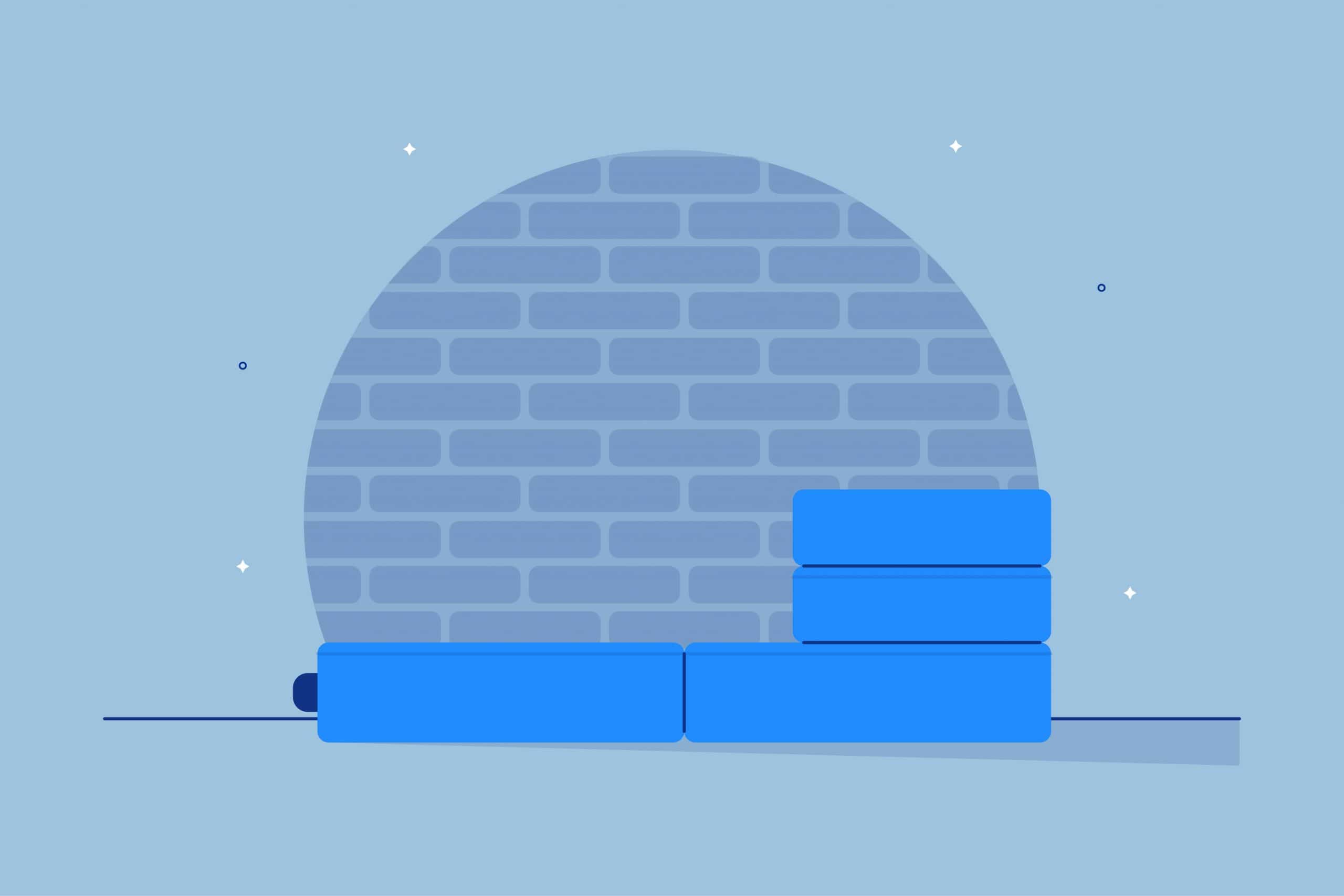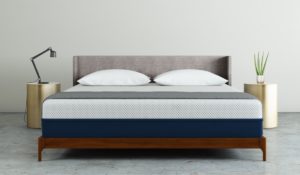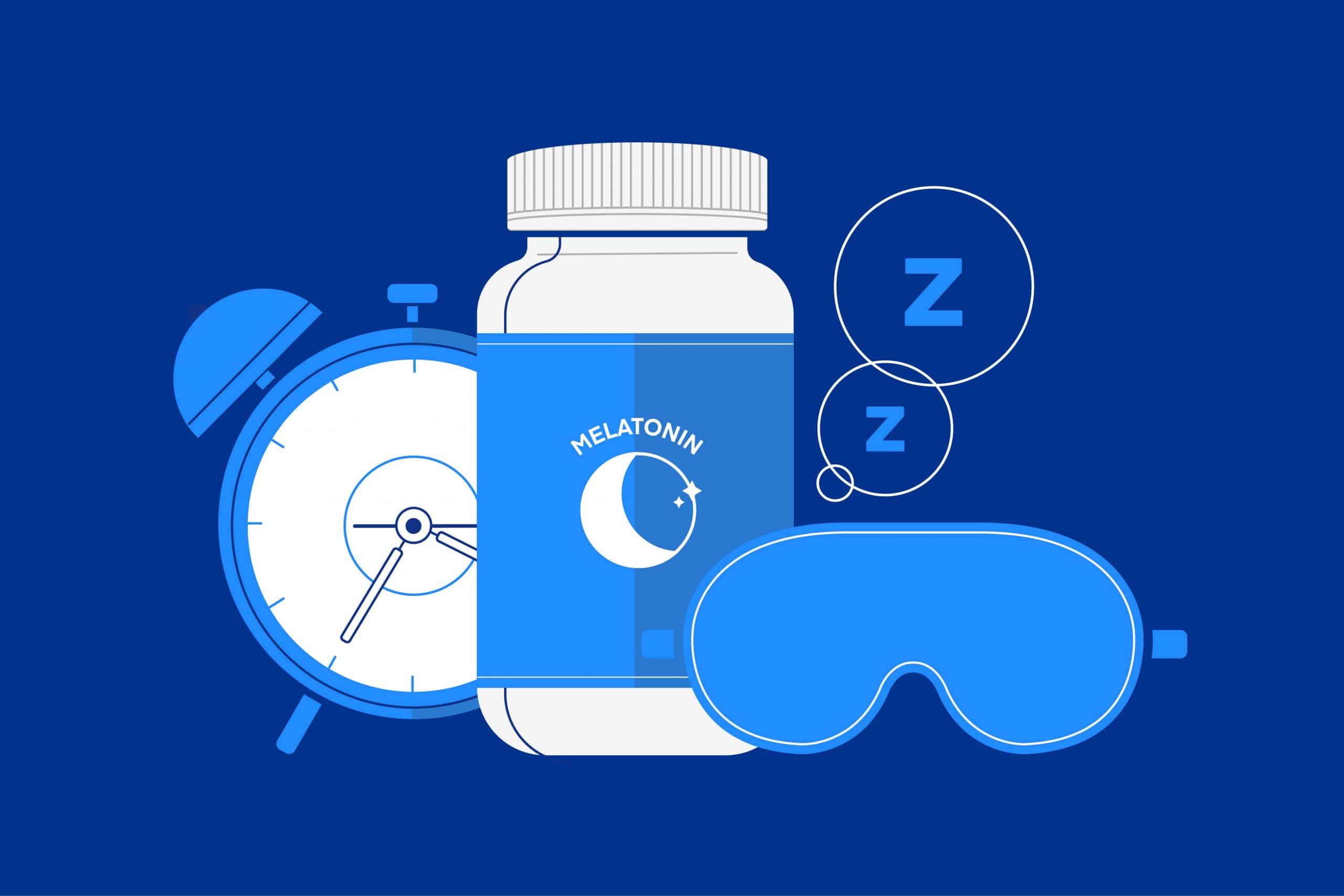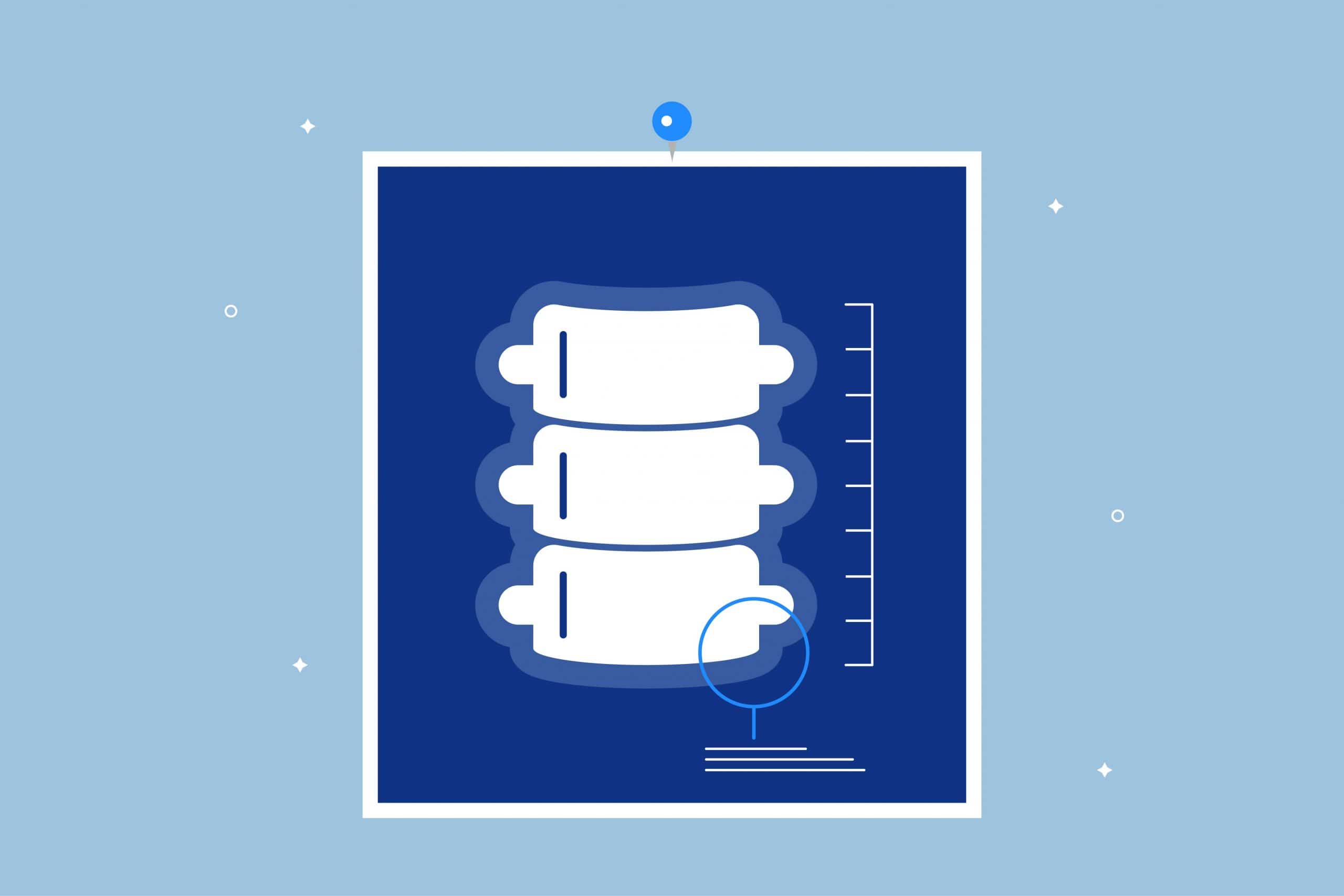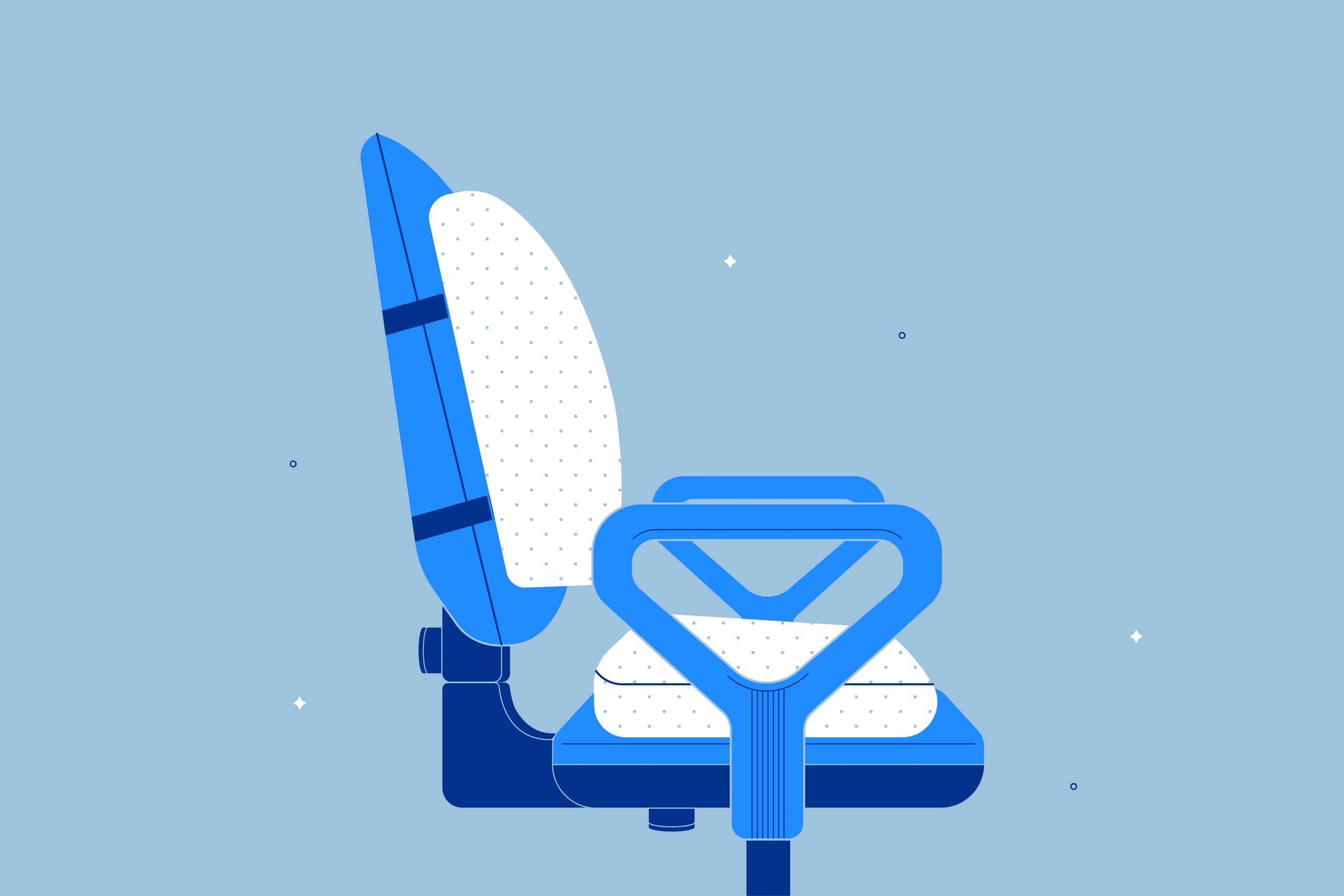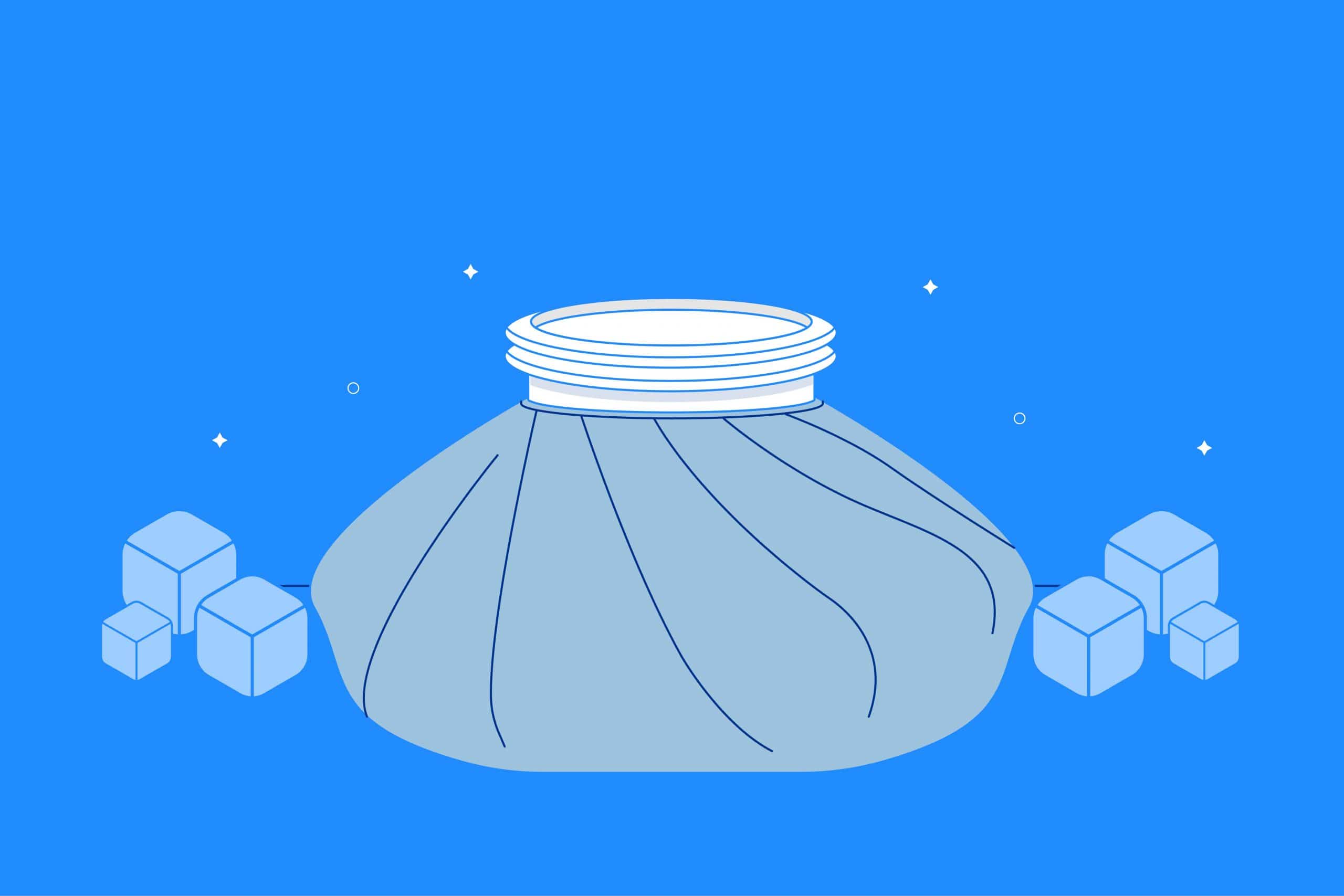While sleeping on a mattress is the most preferred sleep environment, there is an increasing number of people who choose to sleep on the floor for its potential health benefits, namely minimized back pain and enhanced blood circulation.
There are two types of floor sleeping: directly on the floor or on a mattress. Floor sleeping on a mattress is more cushiony, supportive, and warm, while floor sleeping directly on the ground is firmer and less comfortable, but more affordable. Despite the advantages of floor sleeping, you might prefer using a firm mattress and a solid foundation over the floor.
Floor Sleeping Directly on the Ground
Rather than sleeping right on the wood or carpet, it’s common to sleep atop a mat such as a tatami, folding mattress, sleeping bag, or a mattress topper—not directly on the floor. When you’re new to floor sleeping, you can layer these surfaces for a little extra cushioning while you get used to the solid surface.
Floor sleeping on a mat is easier than floor sleeping on a mattress because you can move your bed around easily and there’s little maintenance. However, a mat provides little-to-no cushioning and pressure relief compared to a mattress.
Floor Sleeping With a Mattress
Floor sleeping with a mattress is more expensive than floor sleeping with just a mat and blankets, but it’s also more supportive and plush. You’re higher above the ground and further away from the dust on the floor when using a mattress. Also, side and combination sleepers won’t be comfortable sleeping directly on the ground as they typically need more cushioning, so using a mattress is a better option.
However, placing a mattress on the floor voids lots of mattress warranties and many companies require your mattress to be used on specific foundations. Your mattress is more vulnerable to sagging, excessive wear, and bed bugs on the floor, so we don’t recommend putting your mattress there.
Benefits of Sleeping on the Floor
The appeal of sleeping on the floor mainly comes from the health benefits, but it’s also more budget-friendly than purchasing a mattress, foundation, bed frame, and other pricey accessories.
Soothes Back Pain
One of the biggest reasons people start sleeping on the floor is to reduce their back pain. While there’s little research connecting floor sleeping with less back pain, it seems to help the spine stay neutral and improve posture, potentially minimizing back pain.
However, side sleeping on the floor could worsen pain because side sleepers need extra cushioning for their shoulders and hips. Back and stomach sleepers reap the most benefits of floor sleeping as they’re most comfortable on medium-firm to firm surfaces.
Improves Posture
Lots of floor sleepers find laying on the floor keeps their spine straight and helps their posture. Good posture decreases your risk of scoliosis, headaches and migraines, joint pain, and relieves neck and shoulder tension. People with good posture also experience increased lung capacity, higher energy levels, and an overall better mood.
Better Blood Circulation
Your weight is distributed evenly when sleeping on the floor and there’s less pressure on your lumbar spine, hips, and shoulders, so blood flows evenly through your body. Healthy blood circulation is crucial for basic physical functions: blood carries oxygen and nutrients throughout your body and discards waste. Improved blood circulation is linked to enhanced muscle recovery, a stronger immune system, and proper heart and lung function.
Affordability
When you sleep on the floor, there’s no need to purchase a bed frame or a foundation to go with your mattress. If you choose to go mattress-free, you could save hundreds or thousands of dollars. All you need when floor sleeping without a mattress is a blanket, some sort of mat, and pillows.
Drawbacks of Sleeping on the Floor
Although there are lots of benefits to floor sleeping, there are multiple reasons why most people prefer sleeping on a mattress foundation.
Allergies
The floor collects more dirt, dust, and skin cells, than other areas of your home. If you’re prone to allergic reactions or have respiratory issues, we don’t recommend floor sleeping. Allergy sufferers who sleep on the floor might experience a runny nose, itchy eyes and throat, coughing, and trouble breathing.
Mold and Mildew Buildup
When you floor sleep with a mattress, it doesn’t get adequate airflow like it would when on a base or foundation. Your mattress traps heat and sweat, turning into a hotspot for mold and mildew. Mold and mildew, besides being unhygienic, also trigger allergies. If your mattress has accumulated mold or mildew, it will most likely need to be thrown away and replaced, costing you large amounts of money.
Uncomfortable
There’s very little cushioning when sleeping directly on the floor versus on a soft mattress. While the solid floor benefits back pain sufferers, it triggers pressure build-up and soreness in the lumbar spine (lower back), shoulders, and hips for others.
Risk of Bugs
When sleeping on the floor, bed bugs, ants, and spiders have easy access to you and your mattress.
Protect your sleeping area from bugs by keeping your blankets and pillows off the ground during the day and raise your mattress with cardboard or plywood beneath it. Also, use a mattress protector at all times so your mattress stays clean.
Cold Floors
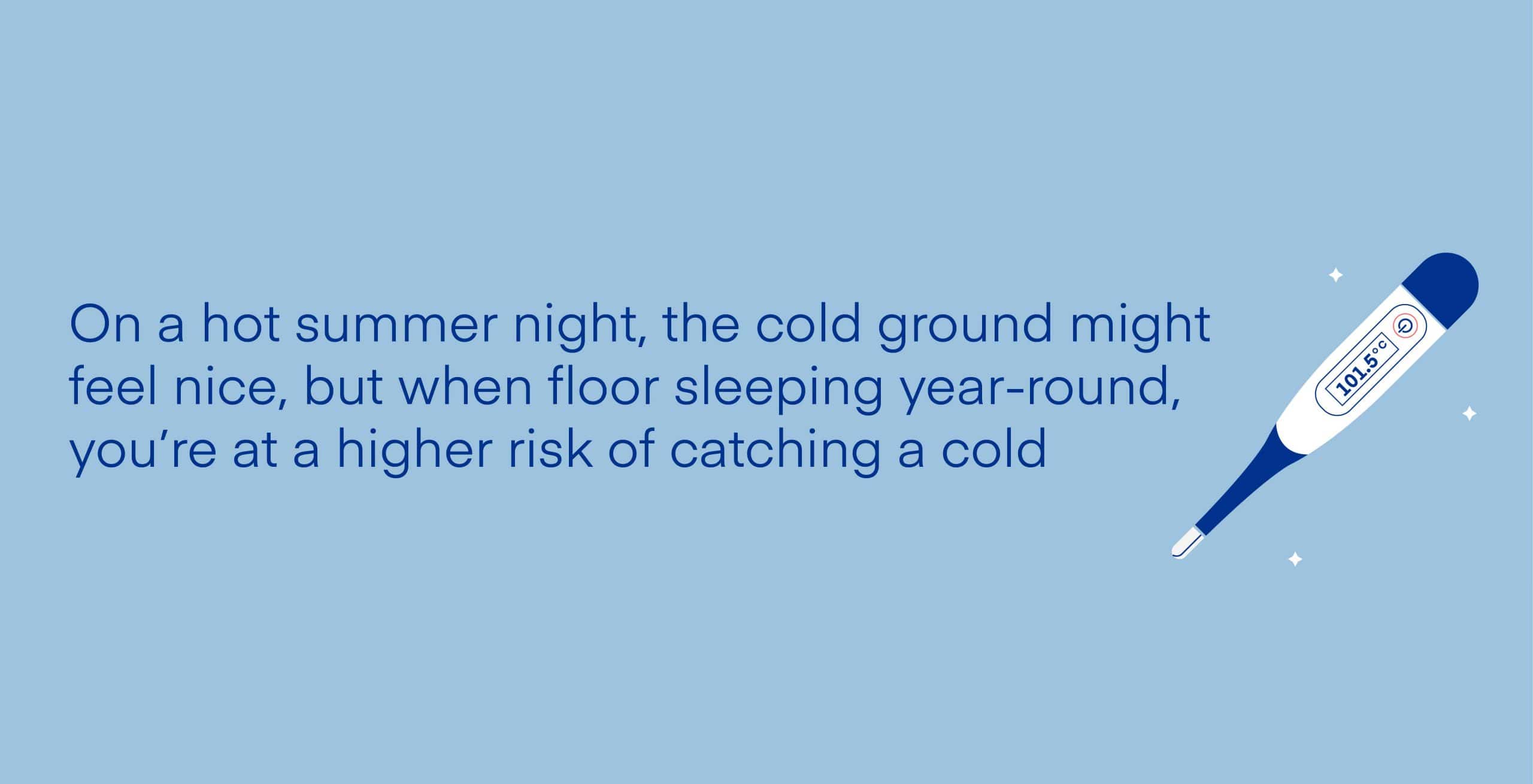
Cold drafts typically collect on the ground while warm air rises to the ceiling. Regardless of the surface you sleep on, the floor gets chilly. On a hot summer night, the cold ground might feel nice, but when floor sleeping year-round, you’re at a higher risk of catching a cold.
Who Shouldn’t Sleep on the Floor?
While some people love floor sleeping, it’s not recommended for every person to forgo a mattress and start sleeping on the ground.
- Individuals with limited mobility: Getting down onto the ground and climbing up after sleeping is difficult for individuals with low mobility.
- Individuals with preexisting conditions: Sleeping on the ground is painful and causes achy joints, especially if the person struggles with skeletal or muscular conditions such as arthritis, scoliosis, or osteoporosis.
- Cold sleepers: Sleeping on the floor is cold as it is, but sleepers with anemia, diabetes, or hyperthyroidism are prone to being cold. Even with warm blankets, floor sleeping leaves cold sleepers at an increased risk of sickness.
- Elderly people: With age, the immune system gets weaker, mobility decreases, and individuals at risk of developing different health conditions. Ground sleeping is hard on older adults as getting onto the floor is challenging and they’re more likely to get cold and sick compared to younger people.
- Side sleepers: Firm surfaces, such as the hard floor, aren’t recommended for side sleepers because it results in poor spinal alignment, achiness, and pressure build-up on the hips and shoulders.
Ditch Floor Sleeping, Try a Firm Mattress and Foundation
If you want the benefits of floor sleeping without the disadvantages of the cold, dusty ground, we recommend trying the Amerisleep AS1 and AS2 mattresses. They’re our firmest mattresses and provide a sturdy, flat surface for back and stomach sleepers.
Our products are made here in the USA with CertiPUR-US® certified foam. Every Amerisleep mattress ships for free and comes with a 100-night sleep trial. If it turns out the AS1 or AS2 mattresses aren’t the right for you, we offer hassle-free returns at no added cost to you. The mattresses also have a 20-year warranty protecting them from sags deeper than .75 inches.
Amerisleep AS1
The AS1 is the firmest mattress option we offer, standing at 10 inches tall, and is an excellent choice for stomach and back sleepers in need of extra support. Amerisleep mattresses are wrapped in a soft and stretchy cover to help sleepers stay cool throughout the night.
Despite being incredibly firm, the AS1 still contains 2 inches of our plant-based comfort foam, Bio-Pur®. It adds little in terms of softness, but still cushions sensitive spots, such as your tailbone or shoulder blades, and provides an even surface for you to lay on.
The bulk of the AS1 is the support layer, 8 inches of Bio-Core®. This sturdy foam produces the extra-firm feel of the AS1 and is also the thickest layer of Bio-Core® in any Amerisleep mattress. The durable foam ensures your mattress doesn’t sag or wear down quickly.
Amerisleep AS2
The AS2 is our second firmest mattress at a medium-firm. We recommend it for back and stomach sleepers who need more cushioning, such as petite sleepers or couples with different firmness needs. It’s also the perfect mattress for back pain.
The AS2 is 12 inches tall and is wrapped in the same breathable cover as the AS1. The mattress has three layers, including 2 inches of the Bio-Pur® and 7 inches of the Bio-Core®.
Unlike the AS1, the AS2 has a transition layer between the Bio-Pur® and Bio-Core®. The Affinity transition layer is 2 inches of foam constructed with HIVE® technology. HIVE® contains zoned support, meaning the foam is firmer around your back, but is softer under your feet and head, resulting in a neutral spine and less pressure build-up.
Amerisleep Mattress Foundation
Mattress foundations are a flat, sturdy surface to protect your bed from sinking or sliding. Using a foundation also ensures your mattress doesn’t sag and, since your mattress is elevated, heat won’t get trapped in it like it can when your mattress is on the floor.
The Amerisleep Mattress Foundation has a durable pinewood railing and slats. The slats are wrapped in a non-slip material so your mattress stays in place. The foundation is 8.5 inches tall, but for extra height, you can add the optional 5-inch legs to the foundation. The Amerisleep Mattress Foundation pairs perfectly with the AS1 and AS2, and any other Amerisleep mattress.
Our foundation fits with any standard bed frame, but you can also use it independently since it has a minimal, yet aesthetically pleasing frame. You can assemble Amerisleep Mattress Foundation in minutes and without any special tools, getting you to sleep sooner.
FAQs
How can I make sleeping on the floor more comfortable?
Make your floor set-up more comfortable by sleeping in a clean, clutter-free room. Use a mat, sleeping blanket, or thick blanket as your sleep surface and pair it with a high-quality pillow and comforter. Place small pillows or cushions under sensitive spots like your tailbone, your shoulders, and your hips so they’re protected from the ground.
If you’re a back sleeper, use a second pillow under your knees to reduce any pressure on your lumbar spine and keep your spine aligned. Stomach sleepers should place a second pillow under their hips so their spine doesn’t overextend and result in lower back pain.
Is it good to sleep on the floor without a pillow?
The only time we recommend skipping a pillow is if you sleep on your stomach, because in this position your head stays flat and aligned with your spine, placing less stress on your neck. Back and side sleepers need a pillow to fill the space between their head and the floor. Without a pillow, their heads curve to the side or backward, potentially straining the neck and causing stiffness.
Can I sleep directly on the floor when pregnant?
Some pregnant women find sleeping on the floor is more comfortable for them, but they should be cautious and discuss sleeping on the floor with a doctor beforehand. Getting onto the ground and standing up is difficult, especially in the later stages of pregnancy. Also, side sleeping is the safest sleeping position for pregnant women, but side sleeping is uncomfortable on the solid ground.
Is it better to sleep on a firm or soft mattress?
Floor sleeping suggests hard surfaces are better for your physical health, but this depends on your body type and sleeping position. Back sleepers, stomach sleepers, and larger individuals are most comfortable on the solid ground and firm mattresses. However, if you’re a side sleeper or petite, a softer mattress provides proper cushioning for your body.
What can I put under my mattress on the floor?
If you choose to put your mattress on the floor, protect it by using a block of plywood, cardboard, foam, or a blanket underneath. This way, your mattress stays free of any dust and dirt on the floor.
Conclusion
Floor sleeping, on a mattress or not, works for back and stomach sleepers, but it isn’t recommended for side sleepers and people with low mobility or health conditions.
For people considering floor sleeping, we recommend trying a firm mattress instead. This way, you can avoid the downsides of floor sleeping, but still enjoy the benefits of a solid sleeping surface, such as minimized back pain, improved posture, and better blood flow. The switch to a firm sleeping surface is uncomfortable initially because your body isn’t used to it, but you should adjust after a few weeks on your new mattress.
About the author
Geoff McKinnen is a writer focusing mainly on the healthcare industry and has written articles on everything from foods to help you lose weight to the connection between Alzheimer’s and sleep. Geoff’s passionate about helping readers improve their well-being to lead happier lives. Outside of work, Geoff enjoys cycling and hiking and believes that by leading a healthy lifestyle, he can help others do the same.
View all posts